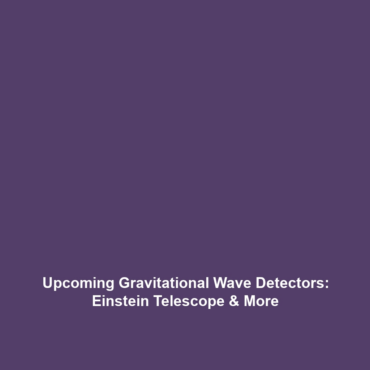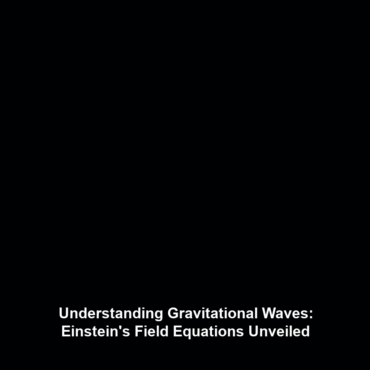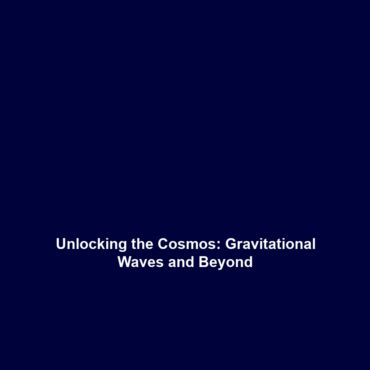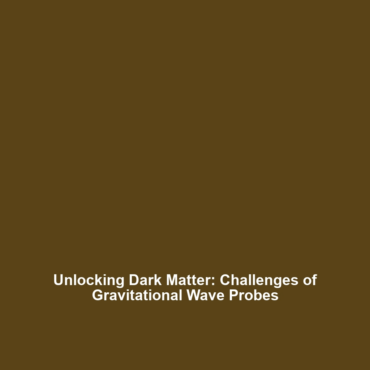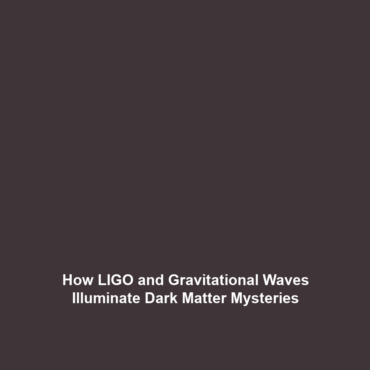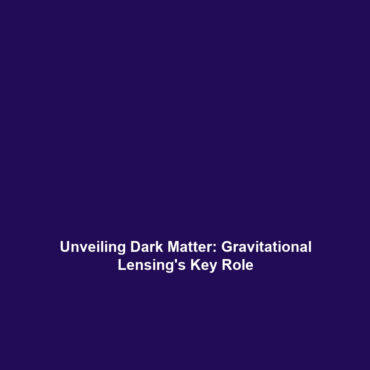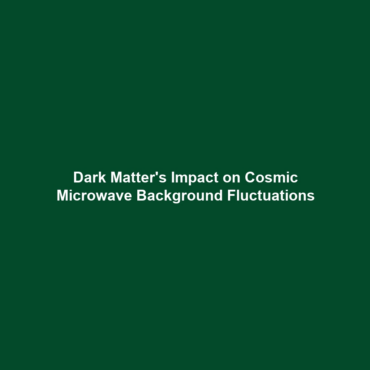Innovations in Gravitational Wave Detection: Einstein Telescope and Cosmic Explorer
Introduction
Gravitational waves, ripples in spacetime caused by some of the universe’s most violent events, have opened a new frontier in astrophysics. The future of gravitational wave detection hinges on the construction of advanced observatories like the Einstein Telescope and Cosmic Explorer. These new detectors are set to significantly enhance our ability to observe and understand cosmic phenomena, including black hole mergers and neutron star collisions. By improving sensitivity and precision, these initiatives aim to revolutionize our knowledge of the universe. This article delves into these next-generation detectors, emphasizing their significance in the realm of gravitational waves.
Key Concepts
Understanding the underlying principles of gravitational waves and the technology behind the Einstein Telescope and Cosmic Explorer is crucial for appreciating their potential impact:
Gravitational Waves 101
- Definition: Gravitational waves are generated by accelerating massive objects, such as during the collision of black holes.
- Detection Mechanism: Current detectors like LIGO use laser interferometry to measure disturbances caused by passing gravitational waves.
Einstein Telescope
- A proposed underground facility designed to detect gravitational waves with higher sensitivity than current detectors.
- Utilizes a triangular configuration of arms for improved signal detection.
Cosmic Explorer
- A next-generation observatory that aims to have a tenfold increase in sensitivity compared to LIGO.
- It plans to operate within the existing LIGO network to enhance data collection and analysis.
Applications and Real-World Uses
The new detectors, namely the Einstein Telescope and Cosmic Explorer, bring forth significant real-world applications in the field of gravitational waves:
- Astrophysical Research: They will provide insights into the formation and evolution of cosmic structures and expand our understanding of fundamental physics.
- Testing General Relativity: High precision measurements could offer tests of Einstein’s theory in extreme conditions.
- Multi-Messenger Astronomy: These detectors will enhance the integration of gravitational wave observations with electromagnetic and neutrino signals.
Current Challenges
While the prospects of new detectors like the Einstein Telescope and Cosmic Explorer are promising, several challenges persist:
- High construction and operational costs which require international collaboration and funding.
- Technological challenges in achieving the necessary sensitivity and noise reduction.
- Logistical challenges in locations suitable for large-scale construction of observatories.
Future Research and Innovations
As the field of gravitational wave research evolves, notable future innovations are expected:
- Advanced Lasers: Development of new laser technology that could minimize noise and improve detection capabilities.
- Quantum Measurements: Utilizing quantum technology for enhanced sensitivity beyond classical limits.
- Global Collaboration: Integration of insights and data from various international gravitational wave observatories.
Conclusion
The Einstein Telescope and Cosmic Explorer represent groundbreaking advancements in the study of gravitational waves, poised to unlock some of the universe’s greatest mysteries. As research continues, these initiatives may reshape our understanding of cosmic phenomena. For those interested in the future of astrophysics and the role of gravitational waves, staying informed about these developments is essential. Explore our gravitational waves page for more insights and updates.
